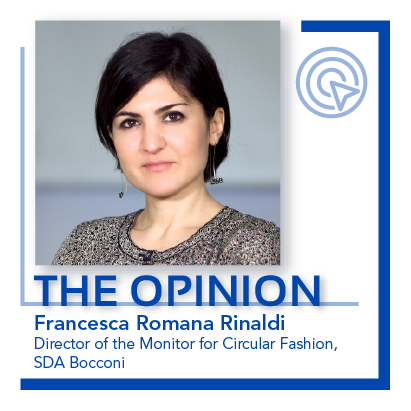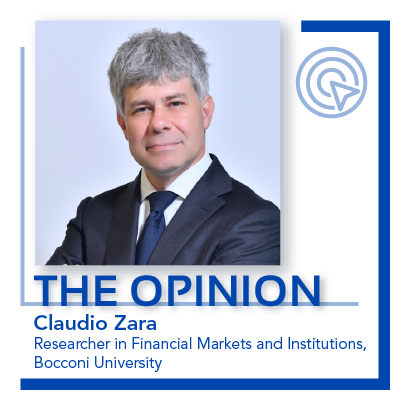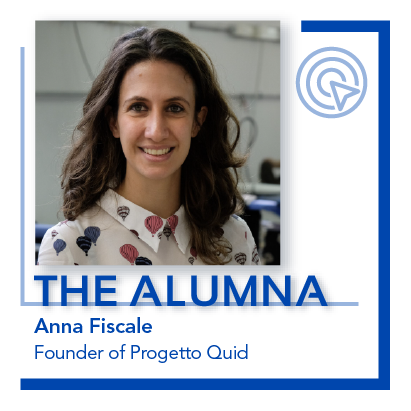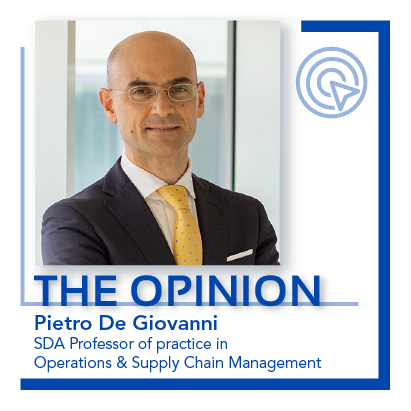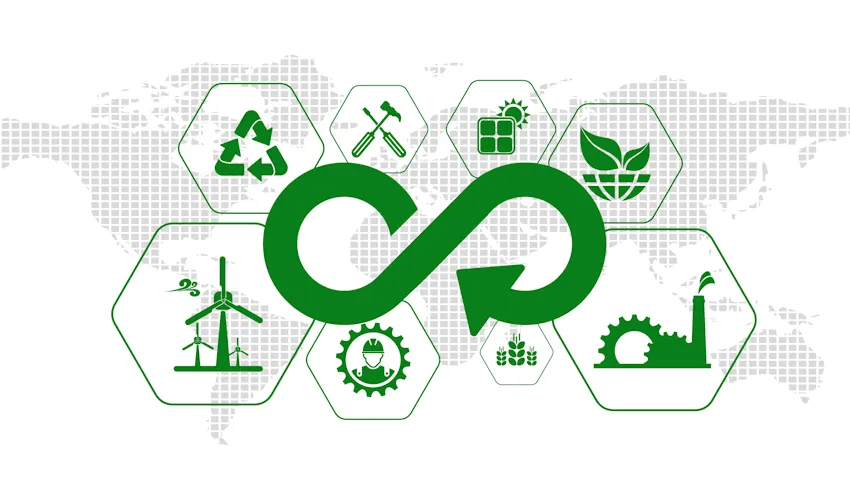
Extending the Life Cycle of Products
Through the dissemination of circular economy practices, it is possible to seize significant opportunities for innovation and growth in the direction of sustainability while the competitiveness of the system of firms, thanks above all to the ability to act on two dimensions: efficiency in the use of resources, with less use of raw materials and minimization of waste along the supply chains, and the reduction of carbon emissions across the entire life cycle of products, from design to production, distribution and consumption, up to end-of-life management .
The sectors that offer the greatest potential for the joint reduction of raw material inputs and climate-changing emissions through circular practices are buildings, mobility and food (Circularity Gap Report, 2022). In particular, construction is one of the key sectors for achieving a sustainable and circular transition. In fact, buildings are responsible for around 40% of whole energy consumption and 36% of total CO2 emissions in the EU. Furthermore, according to Eurostat, the construction industry is responsible for around half of the demand for the extraction of raw materials and 35% of total waste generation in the EU.
In December 2015, the European Commission issued the Communication "Closing the loop - An EU action plan for the Circular Economy" which envisaged a set of measures including new legislative proposals and the updating of the legislation in force, as well as a general action plan. Priority areas included eco-design, new sustainable production and consumption patterns, the development of secondary materials markets and the promotion of industrial symbiosis, as well as strengthened targets for the collection and recycling of different categories of waste, with the aim of minimizing the share destined to the landfill. In March 2022, the European Commission adopted a further circular economy package of proposals to promote circular business models in different sectors, including an eco-design regulation for sustainable products, the revision of the construction standards regulation, a new EU strategy on sustainable textiles, and new rules to empower consumers in the green transition and tackle greenwashing. A specific regulation concerns plastics, also in relation to the fight against littering and the protection of the oceans.
At the Italian level, the National Strategy for the Circular Economy was approved in June 2022, defining the actions, objectives and measures to be pursued in policies for the transition to a circular economy. In particular, governance models and administrative and fiscal tools are now identified to enhance the market for secondary raw materials, favor green public procurement through the progressive definition of minimum environmental criteria for purchases of a variety of product categories, encourage the recovery and reuse of products by specifying criteria for end-of-waste qualifications, and promote the application of the extended producer responsibility principle, according to which the producer of a good must deal with financial and sometimes organizational responsibility for the management of products at end of their lifecycle.
In this context, waste management systems are going through a phase of innovation to respond to increasingly ambitious collection and recycling objectives. As regards packaging waste, Directive 2018/852 mandates that by the end of 2025 at least 65% in weight of all packaging materials be recycled and the percentage rises to 70% by the end of 2030, with quotas differentiated by kind of waste. Directive 2019/904 sets for the collection for recycling of single-use plastic bottles at 90% by 2029 and a content of at least 30% of recycled plastics in the production of PET bottles. The proposed EC Regulation of 11/30/2022 aims to make all packaging recyclable by 2030 and gives priority to reuse. In this context, the possible use of Deposit-Guarantee Systems (DRS) is also envisaged.
To this end, a growing commitment to waste management that responds to the principle of Extended Producer Responsibility (EPR) is required. Recent research by the Bocconi GREEN research center has evaluated the degree of effectiveness and efficiency of various organizations of producers for the management of packaging waste in Europe, highlighting the excellent performance of the Italian model coordinated by CONAI.
Implementing the European principles for a circular economy, also in relation to the new proposal for an EU regulation to strengthen the sustainability and circularity of the supply chains of critical raw materials, constitutes a strategic direction for our country, also due to its scarce endowment in terms of geological resources for raw materials, geopolitical vulnerability relating to regional concentrations of critical raw materials, and recent tensions on energy markets also in terms of price increases.
